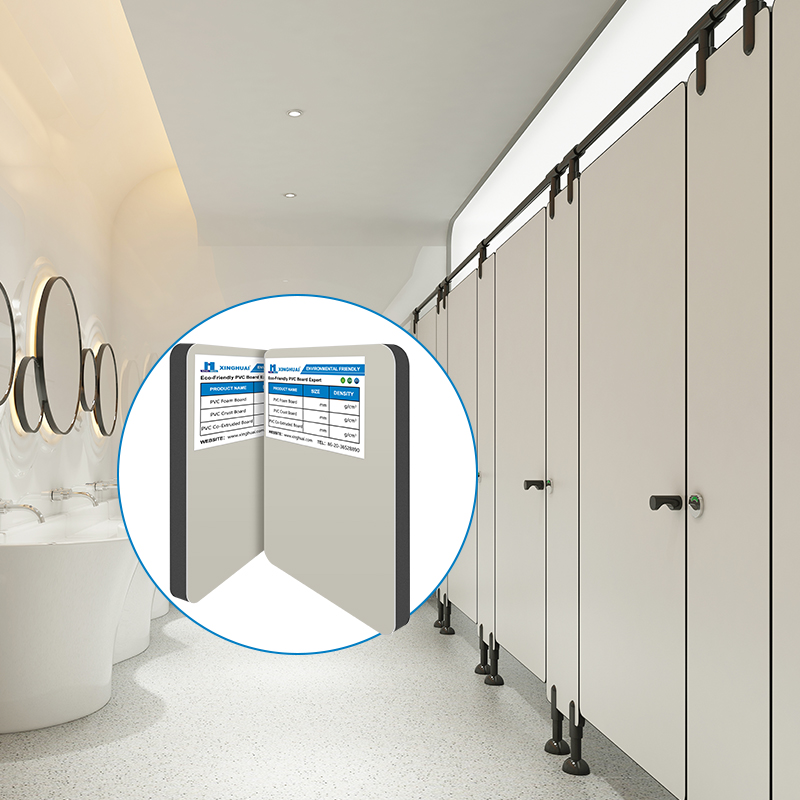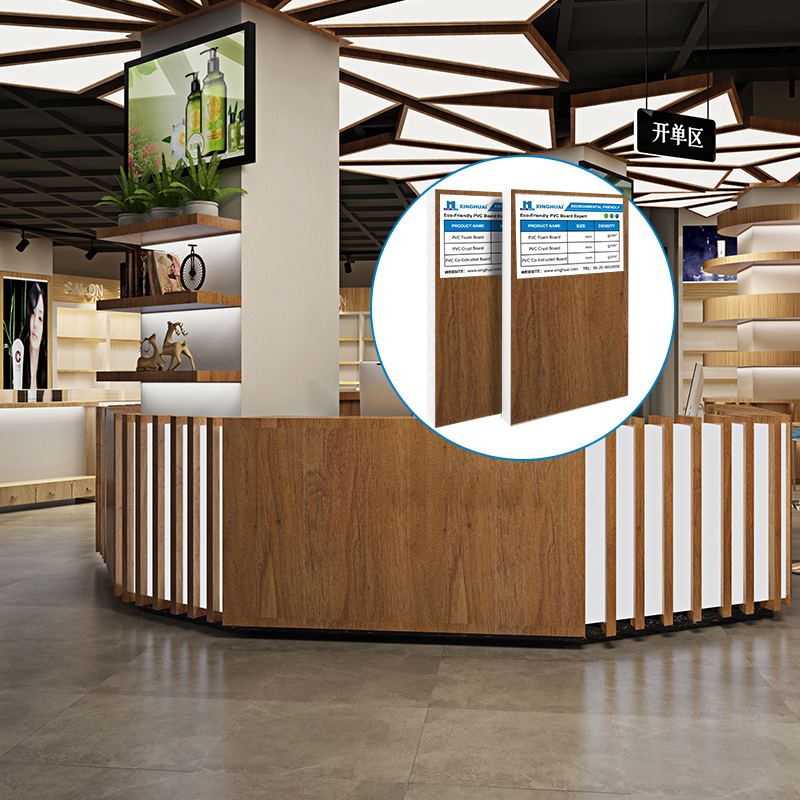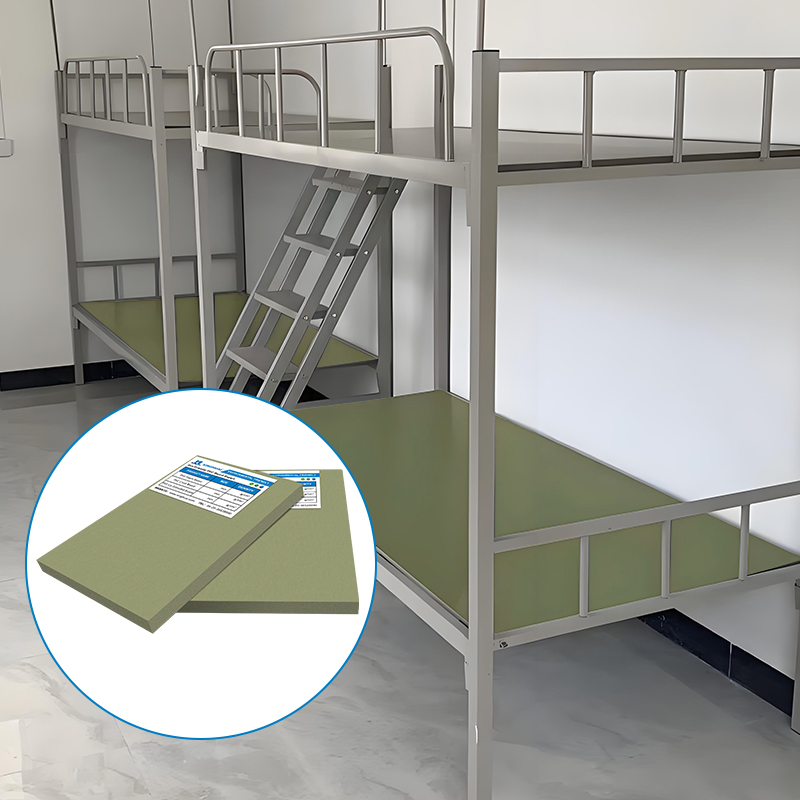The feasibility of laying PVC board directly on flooring depends heavily on the specific type of PVC material, with variants like integral foam PVC, foam PVC white sheet, Celtec PVC board, 1 2 PVC foam board, and coloured PVC foam board each offering unique advantages and limitations. This article explores their suitability for direct floor installation, emphasizing key factors like structural integrity, moisture resistance, and installation best practices.
Integral foam PVC, with its uniform cellular structure, is ideal for low-traffic residential areas. Its lightweight rigidity allows direct installation on smooth subfloors in bedrooms or home offices. For example, a 10mm integral foam PVC can be laid over plywood in a closet, providing cushioning without excessive compression. However, in high-traffic zones, integral foam PVC may indent under heavy furniture, requiring adhesive bonding to stabilize edges and prevent shifting.
Foam PVC white sheet is popular for decorative flooring in kitchens or bathrooms but demands meticulous subfloor preparation. The smooth surface of foam PVC white sheet highlights imperfections, so subfloors must be leveled with self-leveling compounds before installation. In bathrooms, foam PVC white sheet can be laid over waterproof membranes, but joints must be sealed to prevent water infiltration. For laundry rooms, pairing foam PVC white sheet with a rubber underlayment enhances shock absorption against appliance vibrations.
Celtec PVC board stands out for heavy-duty applications. Its dense cellular structure allows direct installation on concrete subfloors in workshops or garages, even under vehicle weights. A 12mm Celtec PVC board in a car repair shop resists abrasion from tools and oil spills, with mechanical fasteners or epoxy adhesives ensuring stability. Unlike lighter foams, Celtec PVC board maintains rigidity under constant load, making it a top choice for industrial environments.
The 12mm thickness of 1 2 PVC foam board offers robust moisture resistance for basements or sunrooms. Laid directly on concrete with a vapor barrier, 1 2 PVC foam board prevents swelling in humid climates. In indoor pools, 1 2 PVC foam board provides a non-slip surface when sealed at joints, though standing water must be promptly mopped to avoid adhesive degradation.
Coloured PVC foam board combines visual appeal with practicality for commercial spaces like cafes or galleries. Installed over stable subfloors (e.g., existing vinyl), coloured PVC foam board creates vibrant patterns while resisting UV fading. For outdoor patios, coloured PVC foam board requires slip-resistant coatings, as its smooth surface can become hazardous when wet.
All discussed PVC boards—integral foam PVC, foam PVC white sheet, Celtec PVC board, 1 2 PVC foam board, and coloured PVC foam board—excel in moisture-prone environments:
Integral foam PVC and coloured PVC foam board thrive in low-moisture areas like home offices or art studios, where occasional spills are easily wiped up.
Foam PVC white sheet and 1 2 PVC foam board are ideal for bathrooms and kitchens, provided joints are sealed with moisture-resistant adhesives.
Celtec PVC board dominates industrial settings with chemical resistance, shrugging off oil spills in workshops that would damage traditional flooring.
In coastal homes, 1 2 PVC foam board laid over concrete with a vapor barrier withstands salt air, while Celtec PVC board in garages resists corrosion from de-icing salts. However, no PVC board tolerates prolonged subfloor moisture; always ensure proper drainage and use vapor barriers under 1 2 PVC foam board in basements.
Adhesive installation is critical for most PVC boards:
Integral foam PVC and foam PVC white sheet require solvent-based adhesives to bond with subfloors, preventing air bubbles and ensuring full contact.
Celtec PVC board in industrial settings demands two-part epoxy adhesives to withstand heavy loads, creating a seamless, durable surface.
Coloured PVC foam board in high-design spaces benefits from pressure-sensitive adhesives that allow precise positioning for patterns.
For older homes or areas with shifting subfloors, floating installations suit integral foam PVC and coloured PVC foam board. Interlocking edges on 1 2 PVC foam board enable quick deployment, with underlayment (e.g., foam or plywood) smoothing minor imperfections. Always leave expansion gaps to accommodate temperature-driven movement.
Daily Care: Wipe foam PVC white sheet and coloured PVC foam board with a damp mop and mild detergent.
Industrial Cleaning: Use degreasers on Celtec PVC board to remove workshop grime; avoid abrasive tools that scratch the surface.
Repairs: Sand minor scratches on integral foam PVC and recoat with a clear sealant; replace damaged 1 2 PVC foam board tiles individually for easy fixes.
PVC boards, from lightweight integral foam PVC to heavy-duty Celtec PVC board, can be laid directly on flooring when matched to subfloor conditions and usage needs. Foam PVC white sheet and coloured PVC foam board transform living spaces with minimal maintenance, while 1 2 PVC foam board and Celtec PVC board tackle moisture and industrial demands. Key steps include leveling subfloors, choosing the right adhesive, and sealing joints in wet areas. By leveraging the unique strengths of each PVC type—whether for a cozy bedroom or a bustling warehouse—direct floor installation with PVC boards offers durability, aesthetics, and cost-effectiveness.




